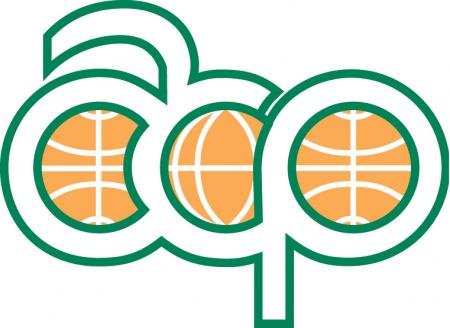Future-proofing the global system of marine protected areas: Integrating climate change into planning and management
Climate change and its impacts are increasingly threatening the ability of marine protected areas (MPA) to meet their conservation goals. While integration of climate change into planning is critical, a recent global analysis found that relatively few MPAs have incorporated climate change considerations into formal management planning processes. Despite this, sessions and discussions at the Fifth International Marine Protected Areas Congress (IMPAC5) demonstrate that climate-adaptive management already permeates MPA processes, from day-to-day management to design and implementation.






